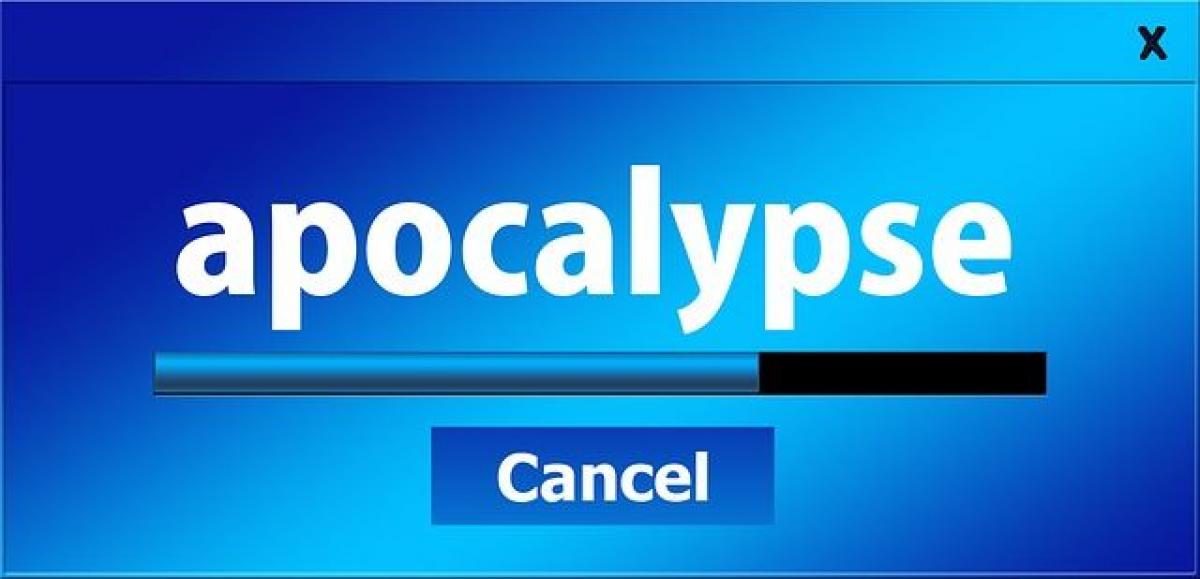From the point of view of the alternative investment world, the dramas associated with the year 2020 may not constitute as apocalyptic a challenge or as paradigmatic a shift as is commonly thought. It may even be considered, in many respects, business as usual (aside from an occasional “murder hornet.”) This is the perspective suggested, for example, by Robeco’s latest multi-asset market outlook. The United States is down, Europe is up, and China is once again open for business. Opportunities continue to close in some markets and to open in others. Rotation, not singularity, is the keynote of this report. Playing the USD Weakness Yes, there are reasons to expect weakness in the US dollar going forward. Projections indicate that the US budget deficit is going to be “significantly bigger than that of the Eurozone” for years to come. The trade deficit, too, will contribute to dollar weakness. There may also be a new way to play this dollar weakness on the horizon. There is a proposal for the creation of true Eurobonds, that is, debt instruments that will represent the whole of the Eurozone and the project of further fiscal integration. Such an asset, in Robeco’s view, will “likely have a higher yield than German government bonds.” Continued progress on that integration, and on the creation of the proposed bonds, would depend on the development of cohabitation between the Franco-German axis and the rest of the zone. But talks are making progress, even in the face of Covid-19 flare-ups. No Final Curtain Despite troubles in the US, and despite the prospect of Euro gains from them, Robeco also assures us that there is no final curtain coming down on Uncle Sam. Robeco says that though it is “still too early to call the bottom” for the US, there are hopeful signs. The latest retail sales, for example, were better than expected. There are also green sprouts in the manufacturing space: “both the Philly Fed and the New York manufacturing index moved into expansionary territory, indicating that manufacturing can snap back quite rapidly.” Where should an investor prefer to buy equity? In Europe or in the US? Much depends, Robeco says, on which will recover more quickly from Covid-19. Europe was hit first, and it seemed to have recovered, but that may be illusory, it is now dealing with a second wave. Still, “better job protection, lower unemployment, and a lower political uncertainty on the European continent” are important attractions for investors. Meanwhile, relations between the US and China on matters of common interest aren’t as bad as headlines and cable TV noise may indicate. The US Commerce Department last month amended its prohibitions on US companies dealing with Huawei. Meanwhile, both parties are respecting the so-called “Phase 1” agreement on trade. All of this, in Robeco’s big picture looks like the old paradigm, and this is precisely the sort of uncertainty on which hedge funds, particularly of the macro sort, thrive. Normalcy and Eurekahedge The July Eurekahedge report reinforces this thinking. It observed that the Eurekahedge Hedge Fund Index was up 1.38% in June. Sixty-nine percent of the underlying constituents of that index posted positive returns in June, while 16% of the hedge fund managers in the database put up double-digit returns for the first half of 2020. In the US, Eurekahedge reminded us, the tech-heavy NASDAQ was up 4.05% in June, returning 10.05% year-to-date. All of the Eurekahedge Asset Weighted Indexes were up for June, with Asia Pacific performing best, at 5.65%, “driven by the strong performance of the region’s equity market.” Related to this, the Eurekahedge Greater China Long Short Equities Hedge Fund Index was up 5.94% in June, giving it a year-to-date return of 6.45%, on “robust macroeconomic data.” One final number: 1.01%. That was the amount by which the Eurekahedge Asset Weighted Index - USD was up in June, aided by the weakness of the US dollar. These developments, too, all look more like normal rotation—through one taking place amid challenging times—than like a Big Crunch.
Interested in contributing to Portfolio for the Future? Drop us a line at content@caia.org




